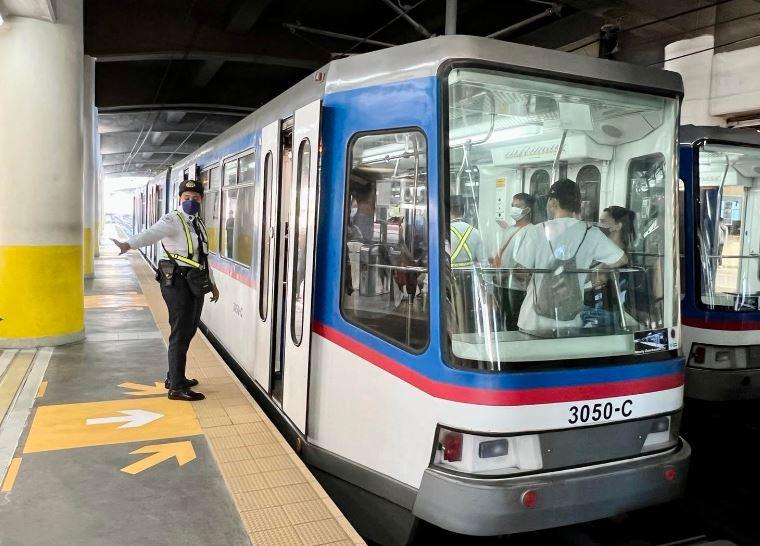MRT Lines to Get Faster? DOTr Mulls Removing X-Ray Scanners to Ease Congestion

Manila, Philippines – Commuters of the Metro Rail Transit Line 3 (MRT-3) might soon experience shorter queues and faster entry into stations. The Department of Transportation (DOTr) is actively evaluating the possibility of removing X-ray scanners at MRT-3 station entrances, a move aimed at significantly reducing the persistent congestion that has plagued the rail system for years.
According to DOTr Secretary Vince Dizon, the decision is part of a broader strategy to enhance security protocols while streamlining passenger flow. “We understand the frustration of our MRT-3 commuters,” Dizon stated. “Long lines at station entrances are a common complaint, and we’re committed to finding solutions.”
The current X-ray scanner setup, while intended to bolster security, has inadvertently become a bottleneck, contributing to the lengthy queues and delays. The DOTr believes that removing these scanners, coupled with the implementation of more advanced and efficient security technologies, can achieve the same level of safety without the associated slowdown.
Modern Technology to the Rescue
Secretary Dizon emphasized that the DOTr is exploring various modern technologies to replace the X-ray scanners. These include advanced CCTV systems with facial recognition capabilities, metal detectors with improved sensitivity, and potentially even biometric scanning technologies. The goal is to create a layered security approach that is both effective and minimally disruptive to passenger flow.
“We are looking at technologies that can detect threats more effectively and quickly than the current X-ray scanners, while also enhancing the overall passenger experience,” Dizon explained. The DOTr is working closely with security experts and technology providers to assess the feasibility and cost-effectiveness of these alternatives.
Public Safety Remains Top Priority
While the prospect of shorter queues is appealing to commuters, the DOTr assures the public that safety remains their top priority. Any changes to security protocols will be thoroughly evaluated and implemented only after ensuring that they meet the highest standards of safety and security.
“We want to assure the public that we are not compromising on security,” Dizon stressed. “Our goal is to find a balance between ensuring a safe and secure environment for our commuters and providing a more efficient and convenient transportation experience.”
The DOTr is expected to conduct pilot tests of the proposed new security technologies in select MRT-3 stations before a full-scale implementation. The results of these tests will be crucial in determining the best approach to enhancing security and alleviating congestion on the MRT-3 line. This move reflects the DOTr’s commitment to improving the overall quality of public transportation in Metro Manila, making it a more reliable and enjoyable option for commuters.
Commuters are encouraged to stay tuned for updates on this developing situation and to provide feedback to the DOTr on how to further improve the MRT-3 system.



